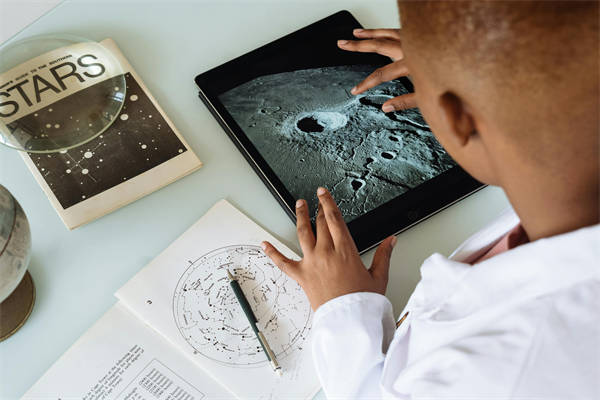What Are the Common "What" Questions for 3rd to 5th Graders in Educational Content?

What questions are a staple in educational content for children in the 3rd to 5th grade? These questions often serve as a foundation for learning, fostering curiosity, and encouraging critical thinking. Below, we delve into five to ten "What" questions that are commonly encountered in this age group, along with detailed answers to provide a comprehensive understanding.
What Are the Basic Multiplication Tables?
In mathematics, multiplication tables are essential tools for understanding multiplication and division. For 3rd graders, the basic multiplication tables typically cover the multiplication of numbers from 1 to 12. These tables help children grasp the concept of repeated addition and multiplication facts, which are the building blocks for more complex arithmetic operations.
What Are the Factors of a Number?
Factors of a number are the numbers that divide evenly into it. For example, the factors of 12 are 1, 2, 3, 4, 6, and 12. Understanding factors is crucial for 4th graders as it aids in prime factorization, which is the process of expressing a number as a product of prime numbers. This concept is foundational for advanced algebraic work.
What Is Photosynthesis?
Photosynthesis is the process by which green plants, algae, and some bacteria convert light energy, usually from the sun, into chemical energy stored in glucose. This process occurs in the chloroplasts of plant cells and is vital for life on Earth. For 5th graders, understanding photosynthesis helps in comprehending the role of plants in the carbon cycle and the importance of oxygen production.
What Are the Different Layers of the Atmosphere?
The atmosphere is divided into several layers, each with distinct characteristics and functions. The layers include the troposphere, stratosphere, mesosphere, thermosphere, and exosphere. Understanding these layers is important for 5th graders as it helps them grasp the concept of weather patterns, the ozone layer, and the effects of altitude on temperature and pressure.
What Is the Scientific Method?
The scientific method is a systematic approach to acquiring knowledge that uses empirical evidence. It involves making observations, forming a hypothesis, conducting experiments, analyzing data, and drawing conclusions. For 4th graders, learning about the scientific method is crucial for developing critical thinking skills and understanding how scientists investigate the natural world.
What Are the Different Types of Energy?
Energy exists in various forms, including kinetic, potential, thermal, electrical, and nuclear. Each type of energy has unique properties and applications. For 3rd graders, understanding these different types of energy helps in comprehending the concept of energy transfer and conservation, which is fundamental in physics and engineering.
What Is the Water Cycle?
The water cycle is the continuous movement of water on, above, and below the surface of the Earth. It involves processes such as evaporation, condensation, precipitation, and collection. For 5th graders, understanding the water cycle is important for recognizing the importance of water resources and the impact of human activities on the environment.
What Are the Parts of a Plant?
Plants are composed of various parts that work together to support growth and reproduction. These include the roots, stems, leaves, flowers, and seeds. For 3rd graders, learning about the parts of a plant helps in understanding the structure and function of plants, which is essential for studying botany and ecology.


.png)
.png)
.png)